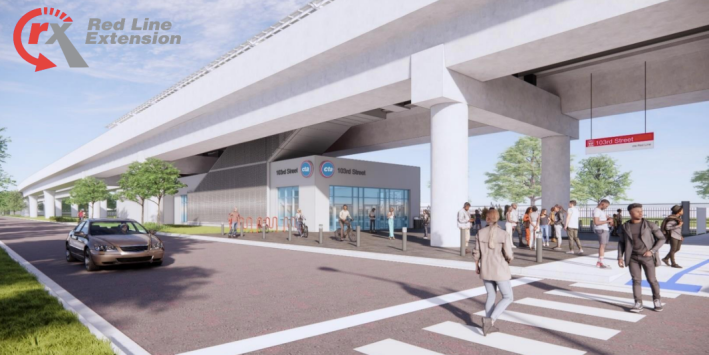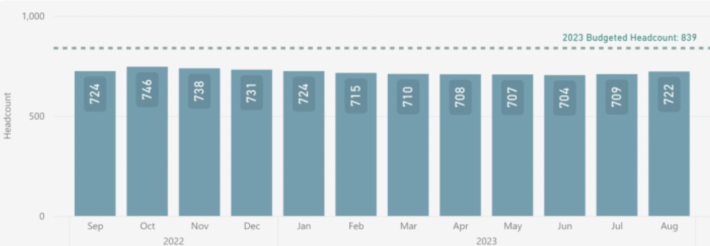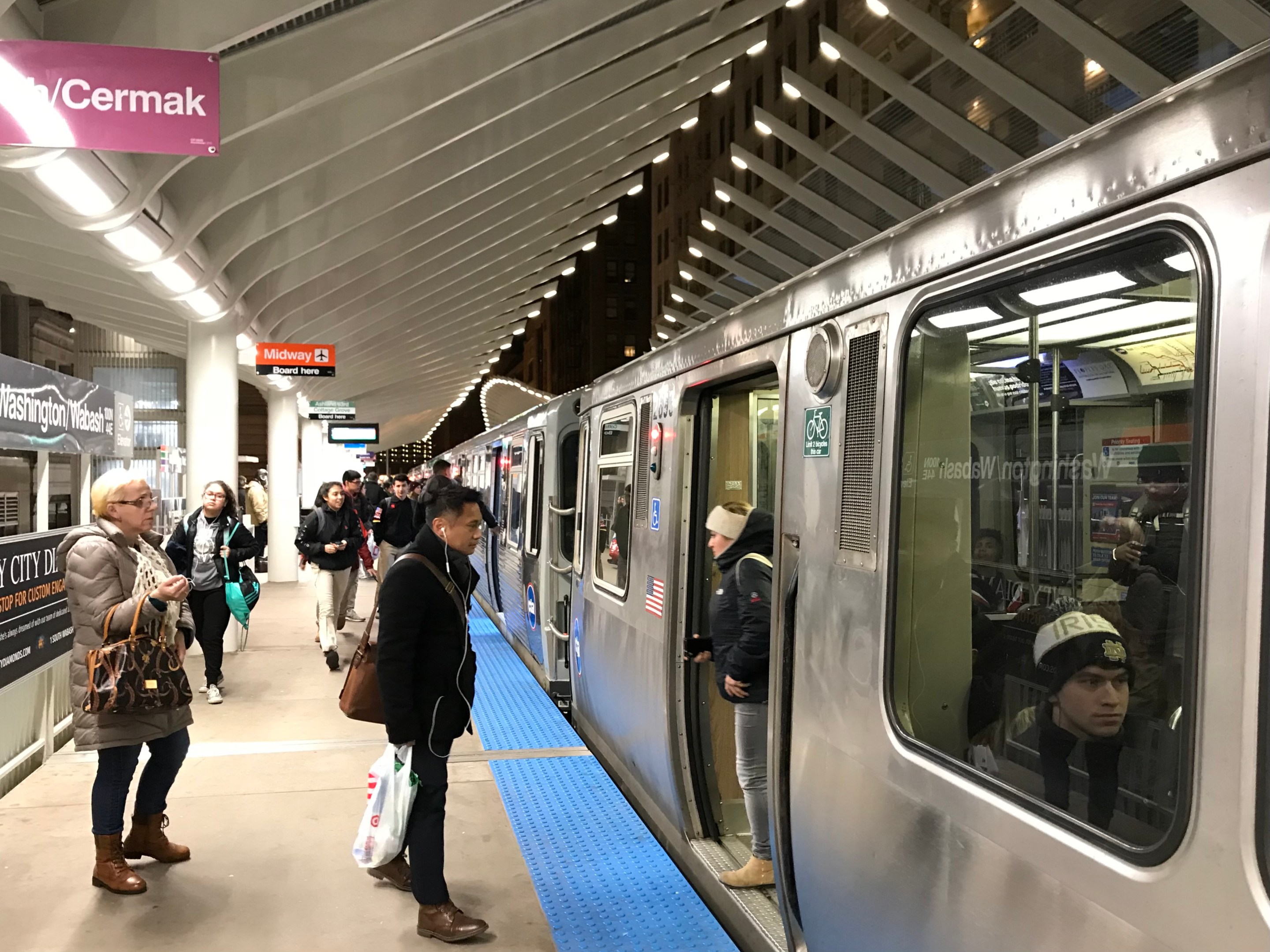
Last week, the CTA released its 2024 budget. At $2B, the operating and capital expenses add up to a 9 percent increase over the 2023 budget, due mainly to increases in labor and material costs. Happily, fares will remain the same—a deliberate move on the part of the agency to encourage people to continue returning to public transportation.
However, the CTA does not anticipate any big ridership jumps in the year ahead, largely due to a gradual return to in-person office work post-pandemic, with hybrid and remote work now the norm for many former work commuters. The transit agency projects ridership to continue making modest gains, but only reach 66 percent of 2019 levels by 2025 and 70 percent by 2026.
The pandemic-induced drop in farebox revenue will continue to be buoyed by federal pandemic relief funds in 2024. However, the CTA projects these funds will be exhausted in less than two years, leaving a $50M budget shortage in 2025 and a $577M gap in 2026. The Regional Transportation Authority, which oversees CTA, Metra, and Pace, is facing a collective $730M fiscal cliff systemwide.
Like peer transit agencies across the country, the CTA has been plagued by decreased ridership, staffing shortages and complaints of service, safety and sanitation issues since the start of the pandemic. Several efforts to improve on all fronts have been underway, as outlined in the agency’s “Meeting the Moment” action plan. The Chicago Department of Family and Support Services has been deploying case workers to trains and buses, connecting riders struggling with mental health issues and homelessness with resources. Ramped up cleaning efforts have made some noticeable gains in bus, train and station hygiene.

Next year’s budget makes provisions to continue and modestly expand these programs while investing in capital improvements that will improve service long term, including 14 train station ADA accessibility upgrades, track repair, purchase of new rail cars, bus electrification infrastructure, replacement of outdated fare boxes, and the long-awaited Red Line Extension to 130th street.
The agency’s biggest hurdle continues to be recruitment and retention of bus and train operators. Despite a slow and steady increase of ridership, service levels remain well below 2019 levels. Restoring service is mentioned as a priority for next year but left vague and contingent on growth of the agency’s workforce.
The CTA states it has been aggressively recruiting and anticipates making 2,000 hires by the end of this year. However, workforce retention continues to be a problem. Despite a massive hiring wave, bus driver numbers have only increased modestly in recent months, while train operator numbers remain stagnant.


The agency is projecting a 10 percent increase in labor costs to fill vacancies, retain workers with pay increases and incentives, and restore service levels. The Chicago Tribune reports that no administrators, including Dorval Carter whose continued tenure as president was recently protested despite a gray and drizzly day, will receive a raise in 2024.
The budget allocates funds to bus service, including the CTA and Chicago Department of Transportation’s Better Streets for Buses bus rapid transit plan. Speeding up buses with BRT improvements like dedicated lanes, off-board fare collection, and transit signal priority is a top priority for transit advocates Active Transportation Alliance and Commuters Take Action. The RTA and Cook County have also stated intent to fund BRT in the coming year. The CTA budget specifically mentions adding some bus priority lanes on key routes and adding transit signal priority to the busy Ashland route.
The CTA will hold a public hearing on Thursday, November 9 at 6:30 p.m. Read more about the budget and hearing here.

Did you appreciate this post? Please consider making a tax-deductible donation.





